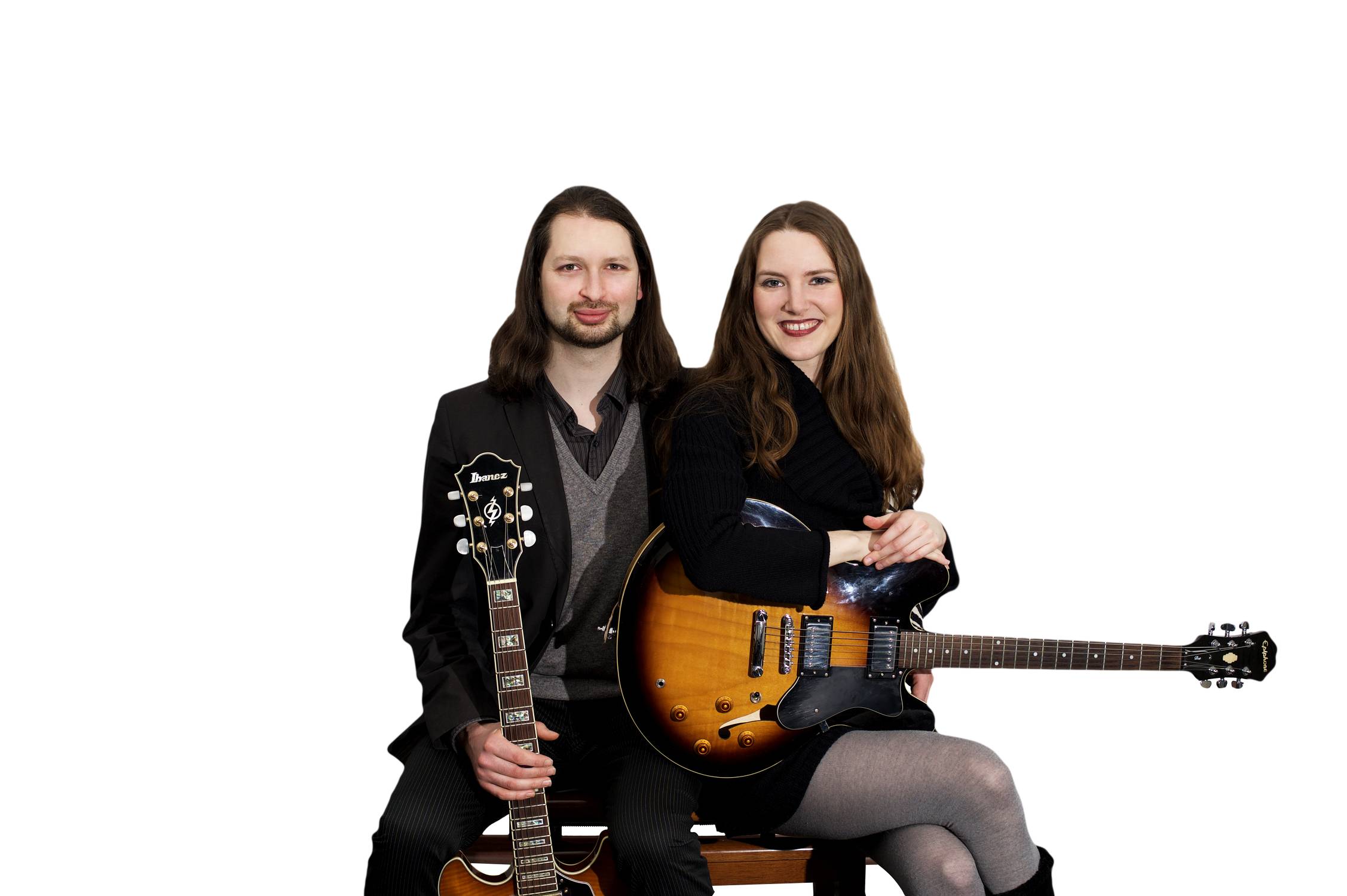

They enslaved the Taíno and forced them into hard labour on coffee and sugar plantations, killing any who were not strong bodied (16 thC). Spanish colonialists, led by Diego Velázquez, then returned to settle the island. The first European contact with Cuba came from Spanish explorer Christopher Columbus, who landed on the island during his first voyage to the Americas (1492), naming it Juana (it was later renamed ‘Cuba’, allegedly after the Taíno designation Coabana (‘great place’)). Little is known of Taínoculture, as it was organised around oral traditions that perished with its peoples, but the Spanish wrote that they ‘drank smoke’, having developed a sophisticated system of rolling, preparing, burning and smoking the leaves of a plant they called cohiba (tobacco) over centuries. Despite only having one major city, La Habana(Havana), almost 80% of the Cuban population lives in urban settings, which also include smaller cities like Santa Clara, Santiago and Trinidad.Īround 1000 years before the Spanish ‘discovery’ of Cuba, the Arawak-speaking Taínopopulation dominated the island, with small pockets of Guanahatabey and Ciboney peoples in the West and South of the island respectively. Its ethnic composition is majority white Europeans, mainly from Spain a small black demographic descended directly from African slaves a medium-sized mulatto group of mixed European and African heritage and a very small Chinese minority.

Other religious affiliations include Protestants and Santería, a syncretic Afro-Cuban sect that merges Yorubafrom Nigeria and Benin and Roman Catholic religious frameworks. The dominant religion in Cuba is Roman Catholicism and, due to the pervasiveness of Communism, the next largest group is nonreligious. The official and universal language is Spanish, although there are African-derived languages like Lucumí, but, today, these are only used in religious contexts.

It has a population of just over 11 million across its 15 provinces. Located just off the coast of North America, La República de Cuba, is the largest island in the Caribbean Sea. The more you learn about la musica cubana, the more difficult it becomes to define as, despite the efforts of salsa to contain it, its plethora of different traditions, styles and genres resist generalisation and are as overwhelming in their intricate musical distinctions as they are irresistible. gradual acculturations and mergings of the two), while its popular musics emerged as an eclectic patchwork combining these creative tensions with other influences predominantly from the USA. Traditional musics in Cuba are syncretic fusions of Spanish and African musical systems (i.e. As such, Cuban music has a prime place in World Music both in direct representation but also as a fundamental undercurrent of the global movement. As the powerhouse of Latin music, it has produced some of the world’s best-known musicians and genres, in the form of rumba, son and salsa, and it has influenced musicians and musical forms around the globe, from American Jazz to Congolese soukous (‘shake’) Colombian dance to West African Afrobeat Argentinian tango to Ghanaian highlife Spanish nuevo flamenco to Senegalese mbalax. The traditional and popular music of Cuba is amongst the most widely known and enjoyed music in the world today.


 0 kommentar(er)
0 kommentar(er)
